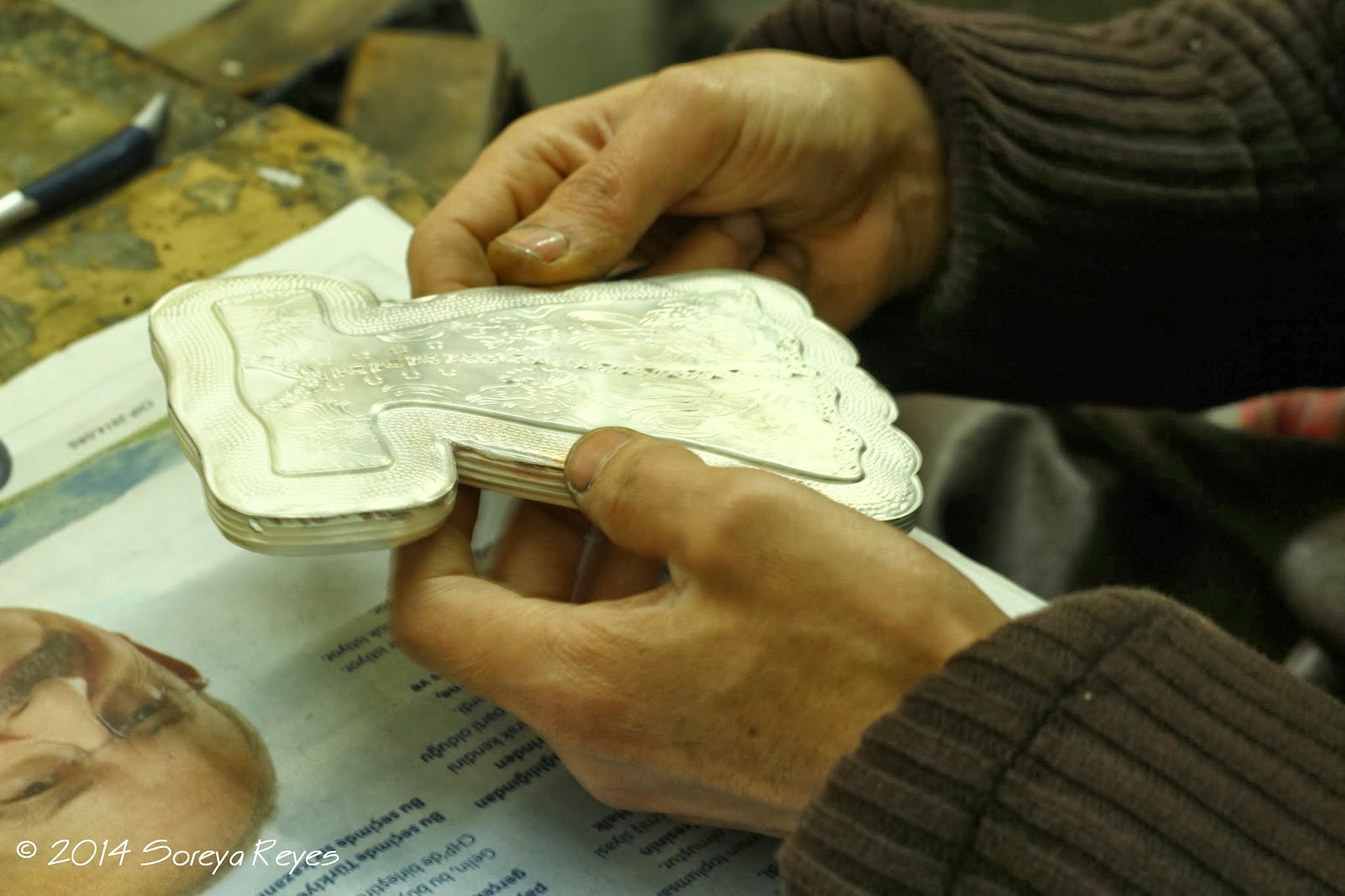Today's photo trek is taking place along the roads from Çatalca to Subaşı in the european side of the province of İstanbul. Following the D569 road and being lead by the signs of smog, you will find small villages and along the way the tradicional production process of charcoal being made by locals.
To get there you will have to drive about 45-60 min thru the highway E80. As is one of the main backbones of the traffic in the province (and algong with D100 are the main roads connecting it with neighbouring regions), it has turned into a heavily congested urban road of İstanbul. Nonetheless this trek is worth all the trouble.
Before I start, I would like to give a special thanks to Nancy Habbas and Linda Caldwell of the Photo Club İstanbul who kindly led this photo trek and share with us this adventure.
To get there you will have to drive about 45-60 min thru the highway E80. As is one of the main backbones of the traffic in the province (and algong with D100 are the main roads connecting it with neighbouring regions), it has turned into a heavily congested urban road of İstanbul. Nonetheless this trek is worth all the trouble.
Before I start, I would like to give a special thanks to Nancy Habbas and Linda Caldwell of the Photo Club İstanbul who kindly led this photo trek and share with us this adventure.
Charcoal chimney.
For those like me who barely knew about charcoal, I look for the definition and here is what I found: The charcoal is a light black residue consisting of carbon, and any remaining ash, obtained by removing water and other volatile constituents from wood (in this case). The Charcoal is usually produced by slow pyrolysis, the heating of wood in the absence of oxygen.
Charcoal.
There are various methods of making Charcoal. The way they do it in those villages is the traditional method: "This is essentially a pile of wooden logs (e.g. seasoned oak) leaning against a chimney (logs are placed in a circle). The chimney consists of 4 wooden stakes held up by some rope. The logs are completely covered with soil and straw allowing no air to enter. It must be lit by introducing some burning fuel into the chimney; the logs burn very slowly and transform into charcoal in a period of 5 days' burning. If the soil covering gets torn (cracked) by the fire, additional soil is placed on the cracks. Once the burn is complete, the chimney is plugged to prevent air from entering." Wikipedia
Making the wooden pile around the chimney.
This traditional method is still use in İstanbul. Before this trek I had no idea of the process followed but as we drove the road we encountered several charcoal productors and we could see the process in several stages.
Cutting wood.
I was impres in how friendly the charcoal producers were to us and how open they were to share and explain what they do for living. My respect to all of them and many thanks for letting us take their pictures.

Small branches needed for the chimney.

The chimney consists of 4 wooden stakes.

Piling up with smart selection.

Women working along the family business.

Husband and wife.
For those villages, the charcoal is a family business. We could see a husband and wife working together to pile up the woods along the chimney.

The logs are finally piled up.

The logs are completely covered with soil and straw allowing no air to enter.

Covering it with soil.

İt is primary hand made process. We could see only men filling the pile with soil.

Two stages of charcoal process.

It must be lit by introducing some burning fuel into the chimney.

Letting 5-7 days burn.

If the soil covering gets torn (cracked) by the fire, additional soil is placed on the cracks.

The heating of wood in the absence of oxygen.

Smock slowly coming out of soil.

Every day they check it up and soil is added if needed.
Puring watter and other waste from the chimney.
Once the burn is complete, they remove the soil and stack the charcoal.
The resulting soft, brittle, lightweight, black, porous material resembles coal.
Once the charcoal is removed you can find in the woods black circles of dust and piles of charcoal covered with plastic for protection.
Charcoal is sold by kilograms for home grilles and restaurants in İstanbul. Just like the restaurant we went after the trek. We could taste Turkeys flavors, buffala yogurth as well as salads and grilled şiş kebab in one of the restaurants of the village.
I really enjoy this trek in spite of the smoke and me smelling fume. I had a great time with the Photo Club of Istanbul. Thanks again to Nancy and Linda for leading it. And the most important part, thanks to all the charcoal producers we met, for letting us in and being such a friendly people.
I hope you enjoy the views!
Soreya Reyes













































